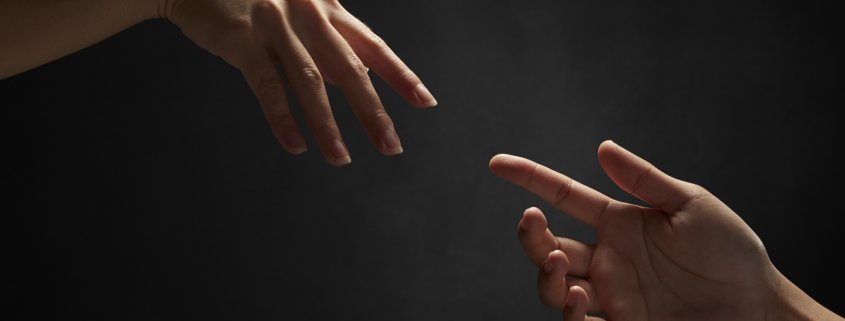Physiotherapy for De Quervain’s
De Quervain’s is a form of tendinitis which causes tenderness and pain in the wrist on the side of the thumb as well as in the forearm and base of the thumb. The pain typically increases when the thumb is extended and when you grasp something. The affliction is often caused when the tendons become strained due to repetitive, prolonged or forceful use of your hand as well as using your arm or hand while it’s in an awkward position.
Treating De Quervain’s
De Quervain’s can be treated by actions such as range-of-motion exercises, splinting or cortisone injections. However, in some cases surgery may be needed. This type of tendinitis may occur suddenly or gradually when the tendons start to inflame and you can even get it from excessive gaming and/or texting with your thumb as well as repetition from playing sports such as tennis and golf.
When suffering from De Quervain’s you may find normal daily activities such as opening a jar, lifting, carrying and holding objects, typing or writing to be painful. There are other wrist conditions that can cause pain and have similar symptoms to De Quervain’s though, so it’s recommended you have the condition examined by a medical professional.
Physiotherapy for De Quervain’s
At Fit Physiotherapy of Newmarket our team of experienced, licensed therapists will be able to diagnose your nerves, joints and tissues and pinpoint the root of your pain.
Your therapist will test and measure the range of motion, strength, and flexibility in your wrist and thumb by performing a physical exam and a Finkelstein test. Once you’ve been properly evaluated we will be able to confirm if you have De Quervain’s tendinitis or not. If you do, your therapist will develop a personalized therapy treatment program for your specific condition. The therapist will also be able to identify which specific activities and arm positions are causing discomfort.
You may need to wear a splint or brace on your wrist to immobilize it for treatment while compression is often used to help alleviate the swelling and pain. In addition, ultrasound therapy could be applied to help relieve pain. This method uses ultrasonic sound waves to help reduce inflammation, improve circulation and heal the tendons and tissues. Other types of treatments could include ice and/or heat packs as well as deep-tissue massage and an electrical stimulation treatment known as Iontophoresis.
The best way to prevent stiffness and to improve the range of motion is through specific types of exercises and stretches which your therapist will prescribe. As your condition gradually improves the exercises are typically progressed to help build up strength and range of motion in the wrist and thumb. Your therapist will be able to recommend ways to help prevent suffering from De Quervain’s tendinitis in the future and can teach you safe and correct wrist and hand positions to use while performing daily activities and when participating in sports etc.
At Fit Physiotherapy our goal is to help reduce swelling and pain in your arm, wrist and thumb when suffering from De Quervain’s tendinitis and to improve your strength and range of motion without aggravating the tissues and tendons. You’ll be able to perform most exercises and stretching at home as well as administer ice and heat packs. You’ll also be instructed on which specific activities to avoid while being treated. In time, most patients will be able to get back to their normal daily routines without any pain and inflammation.
FIT Physiotherapy can help treat your De Quervain’s tendinitis. If you are located in the Newmarket area, contact us today on how physiotherapy can help treat De Quervain’s tendinitis.



Leave a Reply
Want to join the discussion?Feel free to contribute!